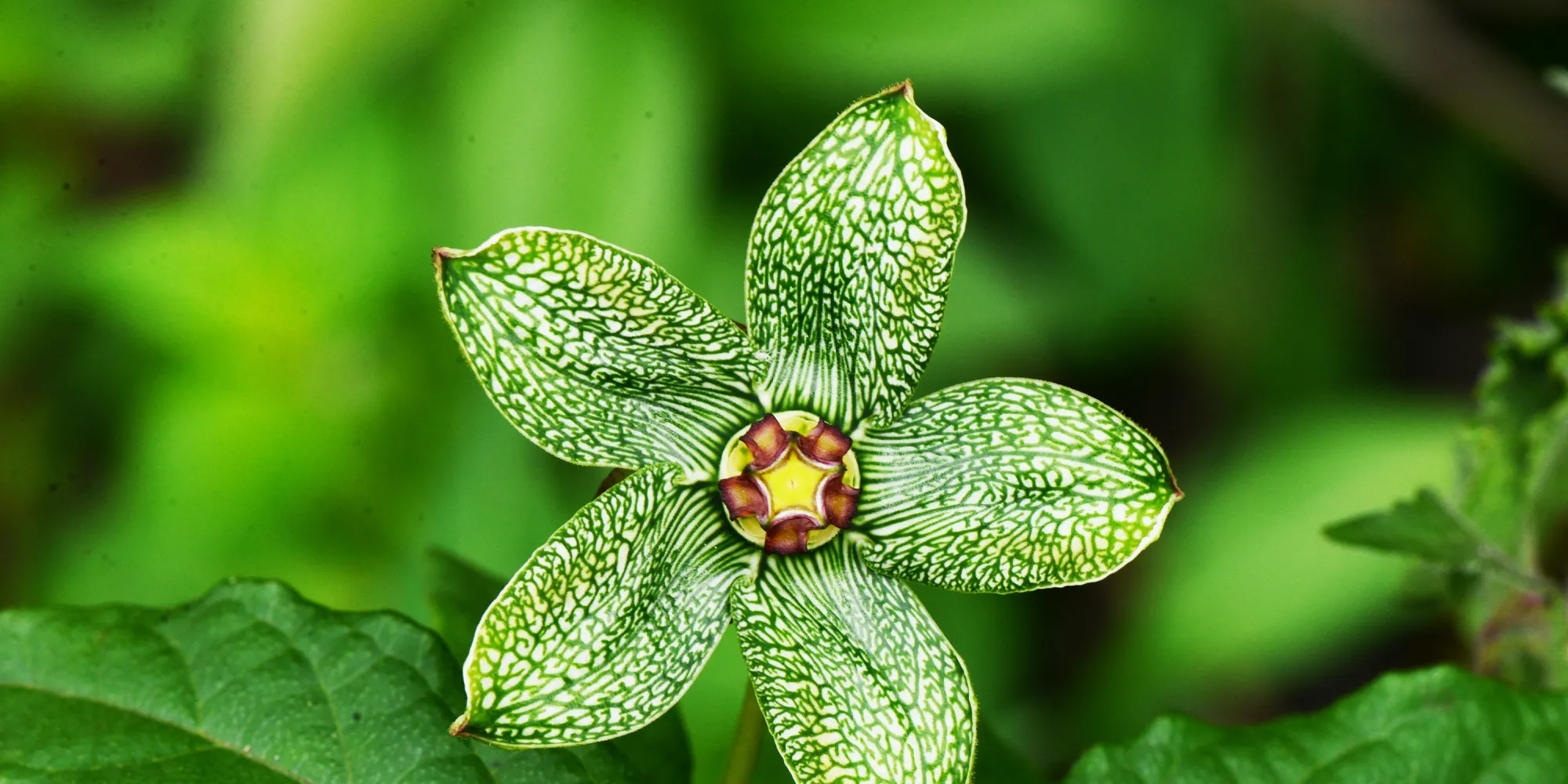
Search

Algae
The US Algal Collection is represented by almost 300,000 accessioned and inventoried herbarium specimens. Algae are photosynthetic organisms that occur in most habitats, ranging from marine and freshwater to desert sands and from hot boiling springs to snow and ice. They vary from small, single-celled forms to complex multicellular forms, such as the giant kelps of the eastern Pacific that grow to more than 60 meters in length and form dense marine forests. Algae are found in the fossil record dating back to approximately 3 billion years in the Precambrian. They exhibit a wide range of reproductive strategies, from simple, asexual cell division to complex forms of sexual reproduction.

Algae are important as primary producers of organic matter at the base of the food chain. They also provide oxygen for other aquatic life. Algae may contribute to mass mortality of other organisms, in cases of algal blooms, but they also contribute to economic well- being in the form of food, medicine and other products. In tropical regions, coralline algae can be as important as corals in the formation of reefs.
Seaweeds are larger algae that live in the marine (salt or brackish water) environment. Kelps are large brown seaweeds in the genera Pelagophycus, Laminaria, Macrocystis, etc. In the Pacific, individual kelp plants may reach 65 meters in length.